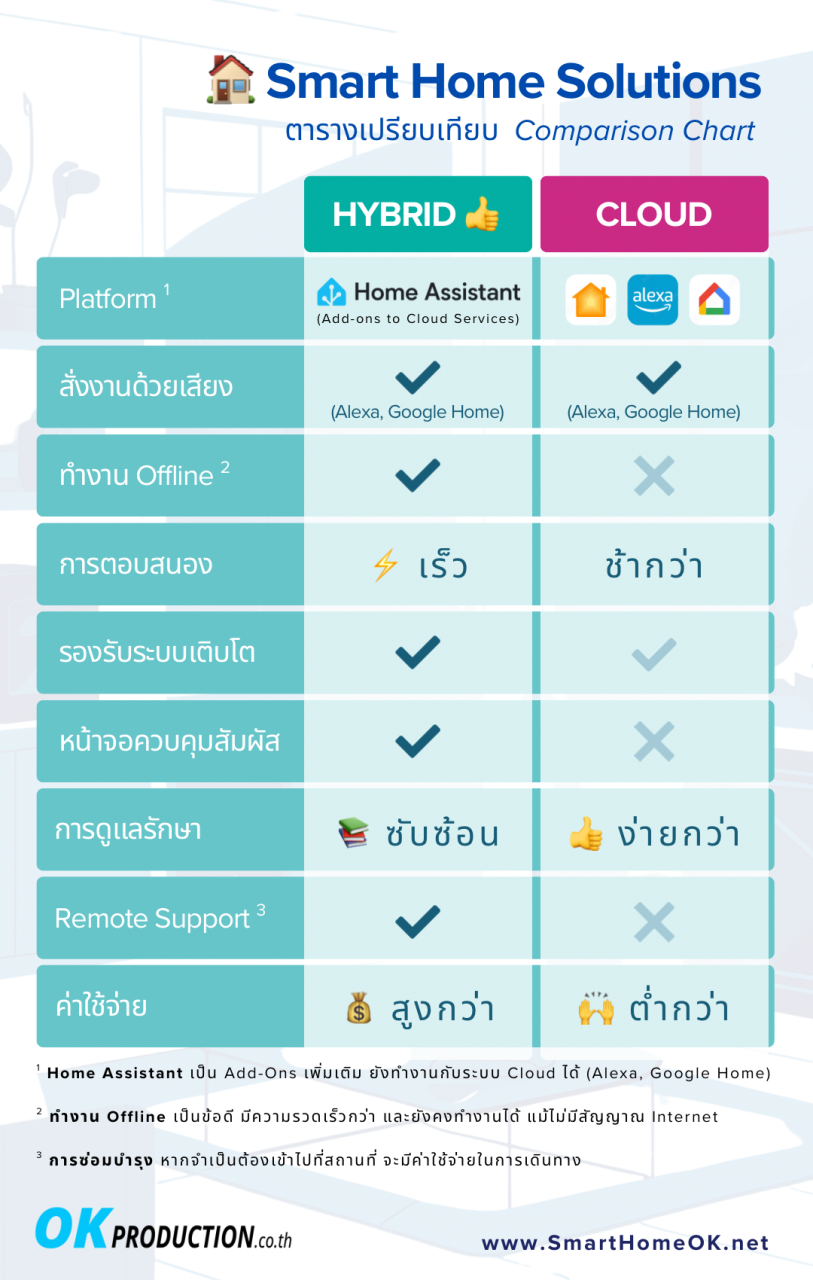The home inspection industry, often perceived as a static, behind-the-scenes player in real estate transactions, is, in reality, a dynamic and rapidly evolving field. Far from merely being a checklist exercise, modern home inspections are at the nexus of technological innovation, shifting market dynamics, evolving consumer expectations, and increasing regulatory scrutiny. Understanding the ongoing news and trends within this sector is crucial not only for inspectors themselves but also for real estate professionals, homebuyers, and policymakers who rely on its critical role in ensuring safe, sound, and informed property transactions.
The Technological Revolution: Beyond the Flashlight and Clipboard
Perhaps the most significant force reshaping the home inspection industry is technology. The days of a single inspector armed with a flashlight and a notepad are rapidly fading, replaced by a sophisticated toolkit designed for efficiency, accuracy, and comprehensive data collection.
1. Drones and Aerial Imaging: Once a novelty, drones are now becoming standard equipment, especially for roof inspections. They allow inspectors to safely and thoroughly examine hard-to-reach or dangerous roof areas, chimneys, and other elevated components, providing high-resolution images and videos that enhance report clarity and reduce liability risks. This technology has become particularly valuable in areas prone to storm damage, where roof integrity is a major concern.
2. Thermal Imaging (Infrared Cameras): Infrared cameras are no longer just for high-end inspections. Their prices have become more accessible, making them a common tool for detecting hidden moisture, insulation deficiencies, electrical hot spots, and even pest infestations that are invisible to the naked eye. This non-invasive technology adds immense value by uncovering potential issues early, saving homeowners significant repair costs down the line.
3. Advanced Reporting Software and AI Integration: Modern inspection software has moved beyond simple templates. Cloud-based platforms allow for real-time data entry, photo and video integration, and instant report generation. The next frontier is the integration of Artificial Intelligence (AI). AI can assist inspectors by analyzing vast amounts of data, identifying patterns, flagging potential issues based on historical data, and even generating preliminary report narratives. While AI won’t replace the human inspector’s judgment, it promises to streamline the process, enhance accuracy, and provide deeper insights.
4. IoT and Smart Home Systems: With the proliferation of smart home devices, inspectors are increasingly tasked with understanding and evaluating these integrated systems. This includes everything from smart thermostats and security cameras to automated lighting and appliance controls. The challenge lies in staying abreast of rapidly changing technologies and ensuring these systems are properly installed and functioning without compromising the home’s fundamental integrity. The future may even see inspectors leveraging data from permanent IoT sensors installed in homes for continuous monitoring and predictive maintenance insights.
5. Virtual and Remote Inspections: Accelerated by the COVID-19 pandemic, virtual inspection methods gained traction. While a full virtual inspection without a physical presence remains limited for comprehensive pre-purchase assessments, hybrid models are emerging. These might involve initial virtual consultations, specialized remote evaluations of specific components, or leveraging detailed homeowner-provided media. This area continues to evolve, pushing the boundaries of what can be assessed remotely.
Market Dynamics and Shifting Consumer Expectations
The real estate market’s ebb and flow significantly impacts the demand for home inspections, and alongside this, consumer expectations are evolving.
1. Housing Market Volatility: In a seller’s market, where inventory is low and competition is fierce, some buyers might be pressured to waive inspections to make their offers more attractive. This trend is a significant concern for the industry, as it puts buyers at greater risk. Conversely, in a buyer’s market, inspections become even more critical, with buyers often demanding more thorough assessments and leveraging inspection findings in negotiations. The industry news often reflects these market swings, with discussions on how inspectors can educate the public on the enduring value of their services regardless of market conditions.
2. Demand for Specialized Inspections: General home inspections provide a crucial overview, but increasingly, consumers are seeking specialized assessments. This includes:
- Radon Testing: A silent killer, radon testing is becoming a standard add-on.
- Mold and Air Quality Testing: Growing awareness of indoor air quality issues drives demand.
- Lead-Based Paint and Asbestos Surveys: Especially for older homes.
- Sewer Scope Inspections: To identify costly underground pipe issues.
- Well and Septic System Inspections: Crucial for rural properties.
- Energy Audits: As homeowners become more environmentally conscious and seek to reduce utility costs.
This trend pushes inspectors to continuously expand their expertise and certifications, or to build strong networks with specialists.
3. Speed and Digital Delivery: Today’s consumers expect rapid service and digital delivery. Inspection reports need to be comprehensive, yet easy to understand, and delivered quickly, often within 24 hours of the inspection. Interactive digital reports with embedded photos, videos, and links to educational resources are becoming the norm, allowing buyers to easily navigate findings and understand their implications.
4. Trust and Transparency: In an age of information overload, the home inspector’s role as a trusted, unbiased third party is more important than ever. News in this area often focuses on ethical guidelines, the importance of clear communication, and how inspectors can build and maintain client trust through professionalism and transparency.
Regulatory Landscape and Professional Standards
The regulatory environment for home inspectors varies widely across states and provinces, leading to ongoing discussions and calls for greater standardization.
1. Licensing and Certification: While some jurisdictions have robust licensing requirements, others have minimal or no regulations. This disparity creates challenges for consistency and consumer protection. Industry associations like the American Society of Home Inspectors (ASHI) and the International Association of Certified Home Inspectors (InterNACHI) play a vital role in setting standards of practice and codes of ethics, offering certifications, and advocating for stronger regulations. News often covers legislative efforts to introduce or strengthen licensing laws, ensuring a baseline level of competency across the board.
2. Continuing Education: To keep pace with technological advancements, evolving building codes, and new inspection techniques, continuing education is paramount. Many licensing bodies and professional associations mandate regular CE credits, covering topics from new building materials to advanced diagnostic tools and safety protocols.
3. Liability and Insurance: Home inspectors face significant liability risks. Errors and Omissions (E&O) insurance and General Liability insurance are critical for protecting inspectors from claims related to missed defects or property damage. News in this area often discusses rising insurance premiums, changes in coverage requirements, and legal precedents that impact inspector liability.
Business Evolution and Industry Consolidation
The home inspection industry is characterized by a large number of independent, often single-inspector, businesses. However, there’s a growing trend towards consolidation and the emergence of larger multi-inspector firms and franchises.
1. Multi-Inspector Firms and Franchises: These models offer scalability, broader service offerings, centralized marketing, and streamlined operations. News reports often highlight the growth of franchise systems (e.g., Pillar To Post, WIN Home Inspection) and large regional inspection companies that can better absorb technology costs, marketing expenses, and provide comprehensive training.
2. Marketing and Branding: In a competitive market, effective marketing and strong branding are essential. Inspectors are leveraging digital marketing, social media, and strong relationships with real estate agents to build their businesses. News covers best practices in SEO, online reviews management, and creating a compelling professional image.
3. Workforce Development: With an aging demographic of inspectors and the increasing complexity of the job, recruiting and training new talent is a significant challenge. Initiatives to attract younger professionals, provide comprehensive training programs, and create clear career paths are crucial for the industry’s long-term health.
Sustainability, Green Building, and Home Health
A burgeoning area of news and opportunity for home inspectors lies in sustainability and holistic home health.
1. Green Building and Energy Efficiency: As interest in energy-efficient and environmentally friendly homes grows, so does the demand for inspectors knowledgeable in green building practices, renewable energy systems (like solar panels), and energy efficiency audits. Inspectors are becoming key advisors on how homes perform from an environmental perspective.
2. Indoor Air Quality and Home Health: Beyond mold and radon, there’s a broader focus on the "health" of a home, encompassing ventilation, filtration, off-gassing from materials, and overall environmental comfort. Inspectors are positioned to provide valuable insights into creating healthier living environments.
The Human Element: Irreplaceable Expertise
Despite all the technological advancements, the human element remains the cornerstone of the home inspection industry. Technology enhances the inspector’s capabilities, but it doesn’t replace their critical thinking, problem-solving skills, communication abilities, and nuanced judgment. An inspector’s ability to interpret findings, explain complex issues in layman’s terms, and provide context and recommendations is invaluable. News often underscores the importance of soft skills – empathy, clarity, and professionalism – in building client trust and providing exceptional service.
Looking Ahead: Challenges and Opportunities
The home inspection industry stands at a fascinating crossroads. Challenges include the cost of adopting new technologies, navigating inconsistent regulations, and attracting a new generation of inspectors. However, the opportunities are even greater:
- Specialization: Niche services will continue to grow in demand.
- Integration: Deeper integration with real estate technology platforms and other home service providers.
- Proactive Inspections: Shifting towards routine home health check-ups and maintenance planning, rather than just pre-purchase inspections.
- Data-Driven Insights: Leveraging aggregated inspection data to provide predictive insights into home performance and maintenance needs.
In conclusion, the home inspection industry is anything but static. It is a vibrant field characterized by continuous innovation, adaptation to market forces, and an unwavering commitment to consumer protection. For professionals within the sector, staying abreast of these developments is not just about competitive advantage, but about ensuring the continued relevance and value of a service that remains absolutely essential to the health and safety of our homes. The evolving lens of the home inspector is sharper, more comprehensive, and more vital than ever before.

